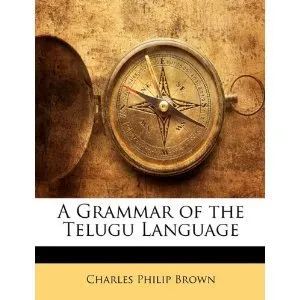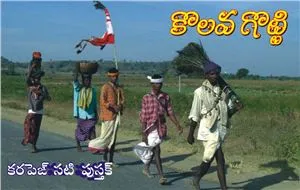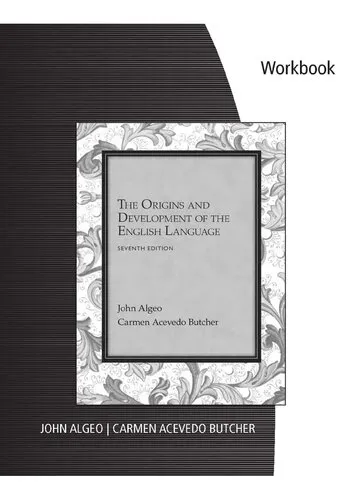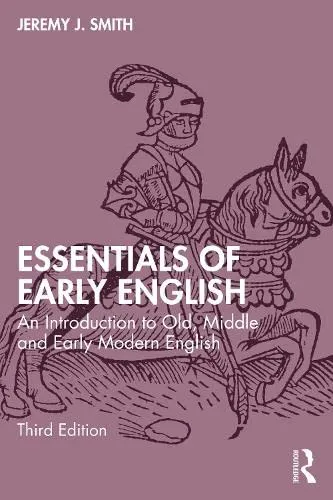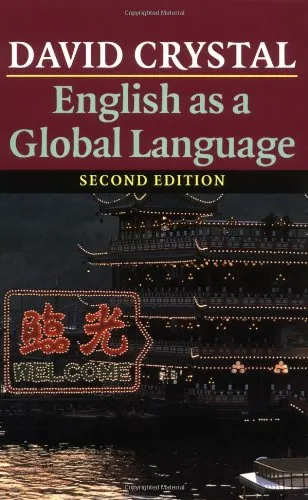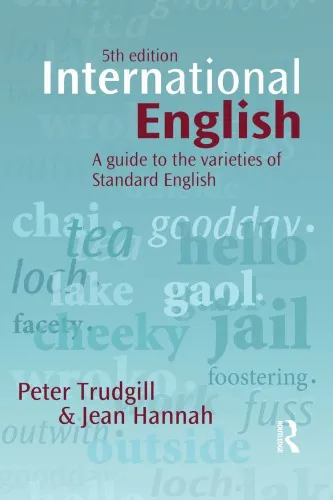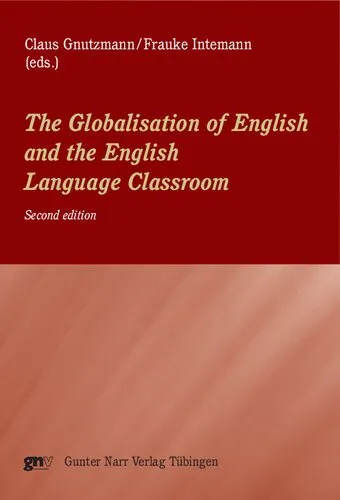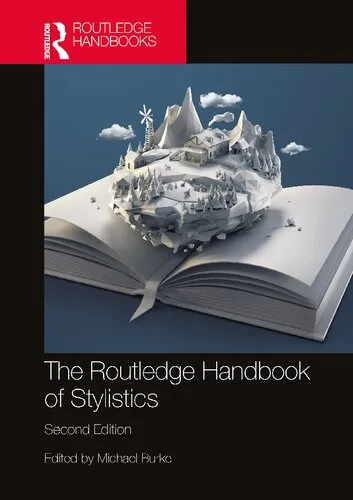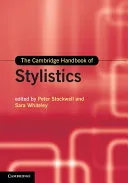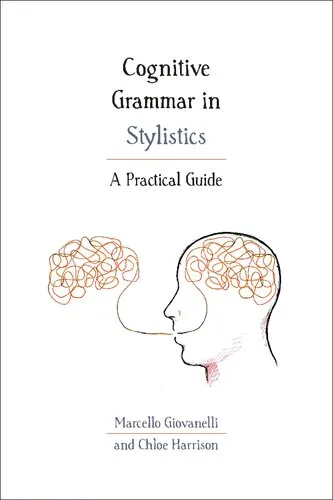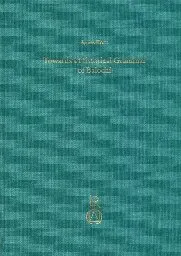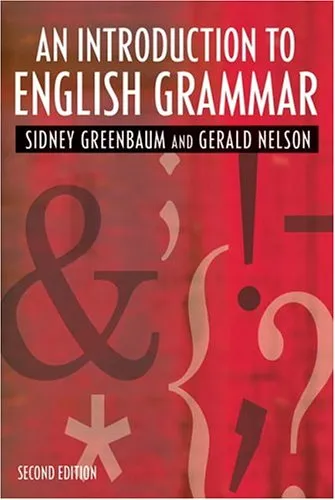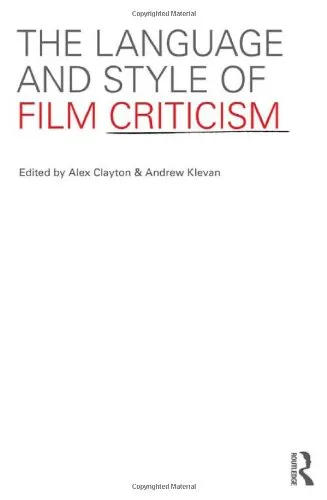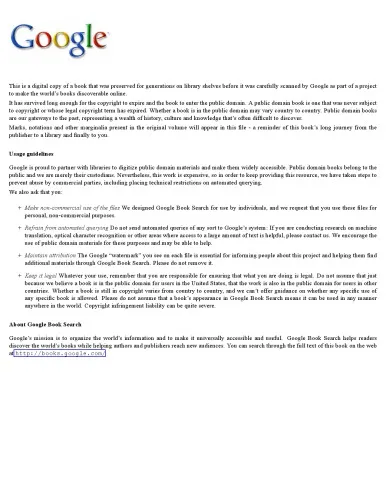A Grammar of the Telugu Language
4.5
بر اساس نظر کاربران

شما میتونید سوالاتتون در باره کتاب رو از هوش مصنوعیش بعد از ورود بپرسید
هر دانلود یا پرسش از هوش مصنوعی 2 امتیاز لازم دارد، برای بدست آوردن امتیاز رایگان، به صفحه ی راهنمای امتیازات سر بزنید و یک سری کار ارزشمند انجام بدینکتاب های مرتبط:
مقدمهای بر کتاب "A Grammar of the Telugu Language"
کتاب A Grammar of the Telugu Language که به قلم Brown Charles Philip نگاشته شده است، یکی از آثار برجسته در زمینه مطالعه زبانشناسی زبان Telugu به شمار میرود. این کتاب با داشتن تحلیلهای دقیق و ساختاریافته از ویژگیهای دستوری این زبان، راهنمای بسیار ارزشمندی برای یادگیری و تحقیق در مورد یکی از قدیمیترین زبانهای هند، یعنی Telugu، محسوب میشود. نویسنده که تسلط کامل بر زبانهای متعدد از جمله زبانهای هندی، فارسی و انگلیسی دارد، توانسته است اطلاعاتی گسترده و معتبر را با دقت علمی ارائه دهد.
خلاصهای دقیق از محتوا
این کتاب در ابتدا به بررسی ریشه و تاریخچه زبان Telugu میپردازد و تلاش میکند زبانی که به طور برجسته در جنوب هند مورد استفاده قرار میگیرد را به خوانندگان معرفی نماید. با تمرکز خاص بر ساختارهای زبانی، از قبیل اسمها، فعلها، پسوندها و نحوه قرارگیری جملات، این کتاب ابزارهایی موثر برای درک سیستم دستوری این زبان ارائه میکند.
بخشهای دیگری از این اثر به الگوریتمها و فرمولهای کاربردی جهت فراگیری زبان Telugu اختصاص داده شده است. همچنین، از جنبههای فلسفی و سینتاکسیس زبان Telugu غافل نشده و نویسنده ضمن ارائه مثالهای متعدد، قوانین دستور زبان را در یک قالب علمی و منطقی تحلیل کرده است.
نکات کلیدی
- تحلیل عمیق ساختار جملات و قواعد دستوری زبان Telugu.
- ارائه واژهشناسی و جدولهای صرف افعال برای استفاده عملی.
- ارتباط میان دستور زبان با فرهنگ و تاریخ جنوب هند.
- رهنمودهایی مبتنی بر مثالهایی روشن و ساده برای مبتدیان.
- تجزیه و تحلیل علمی شباهتهای زبانهای دراویدی.
جملات مشهور
"Telugu may rightly be called the 'Italian of the East,' owing to its melodious cadence and fluidity in spoken form."
"A language is the mirror of the people; through Telugu's grammatical structure, one sees the depth of South Indian heritage."
چرا این کتاب اهمیت دارد؟
اهمیت این کتاب در این است که به عنوان یکی از اولین منابع علمی و جامع در نگارش دستور زبان Telugu به دست ما رسیده است. توانایی نویسنده در همگرایی فرهنگ، زبانشناسی و تاریخ باعث شده که این کتاب به اثری فراتر از یک کتاب صرف دستور زبان تبدیل شود.
این کتاب نه تنها به محققان زبان و فرهنگ علاقهمند به جنوب هند کمک میکند، بلکه ابزار ارزشمندی برای زبانشناسان حرفهای، مترجمان، و دانشجویان زبانشناسی محسوب میشود. شیوه نگارش دقیق و واضح آن موجب شده است که درک سیستم پیچیده زبان Telugu برای خوانندگان مختلف قابل دستیابی گردد.
Introduction to "A Grammar of the Telugu Language"
"A Grammar of the Telugu Language" is a seminal work in linguistics, authored by Brown Charles Philip, which systematically examines one of India's classical languages, Telugu. This book is not merely an academic treatise but a meticulously structured guide that offers a profound understanding of the language's syntax, morphology, pronunciation, and etymology. Designed for both linguists and enthusiasts of Telugu, the book bridges the gap between a traditional study and modern linguistic analysis.
Detailed Summary of the Book
"A Grammar of the Telugu Language" is divided into several major sections that reflect its comprehensive nature. The book begins with an introduction to the history and importance of Telugu as a Dravidian language, followed by its historical influences from Sanskrit, Prakrit, and other regional tongues. The first chapters delve into the Telugu alphabet, vowel and consonant systems, and the phonetics of speech. This section serves as a foundation for learners who wish to correctly pronounce and write Telugu words.
Subsequent chapters explore grammatical constructs, such as nouns, verbs, adjectives, adverbs, cases, and their inflections. The rich descriptive treatment provides readers with insights into how words are structured and used in everyday as well as literary Telugu. A significant portion of the book discusses sentence structure, differing usages in prose and poetry, and peculiarities in classical versus modern Telugu.
Lastly, a notable feature of the book is its inclusion of examples drawn from classical Telugu literature, sacred texts, and colloquial speech. This blend of theoretical rigor and practical application makes the book an indispensable tool for mastering the language.
Key Takeaways
- Comprehensive understanding of Telugu grammar, including sentence structure, syntax, and phonetics.
- Detailed exploration of the etymology of Telugu words and their connection to Sanskrit and other languages.
- Practical examples and exercises for better application of grammatical rules.
- Insights into classical and modern Telugu, highlighting their similarities and distinctions.
- A resourceful guide not only for Telugu speakers but also for learners of Dravidian languages and linguists studying South Indian languages.
Famous Quotes from the Book
"Telugu stands as one of the oldest yet vibrant languages of the Indian subcontinent, its beauty lying in the richness of its prose and the rhythm of its poetry."
"Grammar, often deemed as a mechanical pursuit, becomes an art form in the study of a language so intricate yet melodious as Telugu."
"A proper understanding of Telugu grammar is not just an academic exercise—it is a gateway to appreciating the cultural and literary splendor of the Telugu people."
Why This Book Matters
"A Grammar of the Telugu Language" holds historical significance because it captures the state of the language at a time when linguistic documentation was scarce. Telugu is one of the six classical languages of India, with a history spanning over a millennium, and serves as the mother tongue to millions. The book plays a crucial role in preserving the essence of the language by offering a scholarly yet accessible account of its grammatical framework.
Furthermore, the work is invaluable to students, researchers, and academicians who wish to explore the intricacies of one of the world's most culturally rich languages. For non-Telugu speakers, the book provides a structured pathway to learn the language, making it a timeless resource for anyone interested in linguistic studies. It underscores the role of grammar as a living, breathing aspect of a language rather than a static set of rules.
Today, as languages face the challenges of globalization and diminishing native speakers, this book serves as a cornerstone for the preservation and revitalization of Telugu. It reminds readers that understanding a language is key to understanding the soul of the culture it represents.
دانلود رایگان مستقیم
شما میتونید سوالاتتون در باره کتاب رو از هوش مصنوعیش بعد از ورود بپرسید
دسترسی به کتابها از طریق پلتفرمهای قانونی و کتابخانههای عمومی نه تنها از حقوق نویسندگان و ناشران حمایت میکند، بلکه به پایداری فرهنگ کتابخوانی نیز کمک میرساند. پیش از دانلود، لحظهای به بررسی این گزینهها فکر کنید.
این کتاب رو در پلتفرم های دیگه ببینید
WorldCat به شما کمک میکنه تا کتاب ها رو در کتابخانه های سراسر دنیا پیدا کنید
امتیازها، نظرات تخصصی و صحبت ها درباره کتاب را در Goodreads ببینید
کتابهای کمیاب یا دست دوم را در AbeBooks پیدا کنید و بخرید
1385
بازدید4.5
امتیاز0
نظر98%
رضایتنظرات:
4.5
بر اساس 0 نظر کاربران
Questions & Answers
Ask questions about this book or help others by answering
No questions yet. Be the first to ask!
